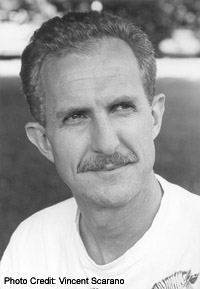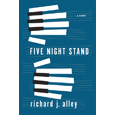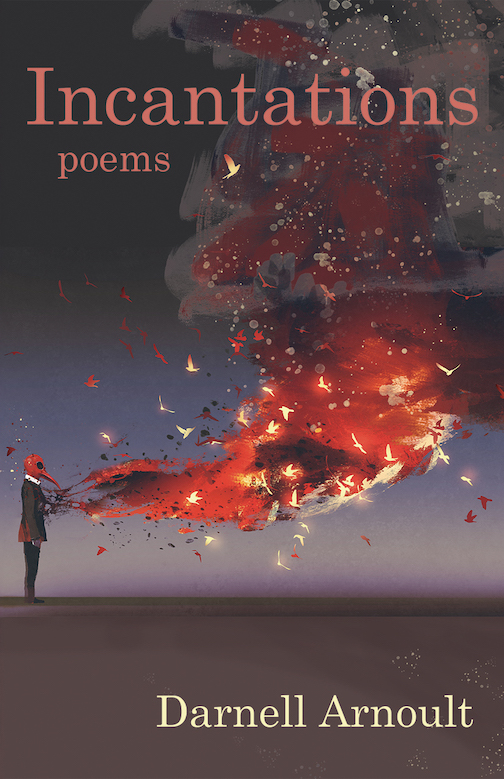Hot Popcorn, Cold War
Ronald Kidd’s new Young Adult novel takes kids to the movies during the red scare
“My friends and I go to horror movies,” says 13-year-old Paul, the protagonist in Ronald Kidd’s The Year of the Bomb. “We’ve seen them all: The Thing, It Came from Outer Space, The Day the Earth Stood Still. They scare the pee out of us. That’s why we like them.”
The 1950s was a scary time, full of drop drills, McCarthyism, and Soviet boasts. It was also the golden age of horror movies. Aliens, mutants, zombies, and werewolves filled theater screens across America. Coincidence? Not likely, and certainly not in The Year of the Bomb, a young-adult novel that explores the angst of growing up surrounded by real and imagined horror. It follows a group of teens who can’t get enough of movie monsters and who form a microcosm of the world around them, arguing about what it means to be a patriot and, ultimately, a friend.
 Ronald Kidd, playwright and children’s-book author, is carving a niche in the young-adult market by focusing on historical novels. He hit the ground running with the critically acclaimed Monkey Town (2006), a retelling of the Scopes Trial through the eyes of a 15-year-old girl. Next up was an exploration of segregation and the birth of rock-n-roll in On Beale Street (2008). Now, this Nashvillian with a passion for the past has taken his history-through-teenage-eyes franchise west to Hollywood. But this isn’t the Hollywood of nostalgia, the place where dreams come true. It’s a darker world of politics, suspicion, and fear.
Ronald Kidd, playwright and children’s-book author, is carving a niche in the young-adult market by focusing on historical novels. He hit the ground running with the critically acclaimed Monkey Town (2006), a retelling of the Scopes Trial through the eyes of a 15-year-old girl. Next up was an exploration of segregation and the birth of rock-n-roll in On Beale Street (2008). Now, this Nashvillian with a passion for the past has taken his history-through-teenage-eyes franchise west to Hollywood. But this isn’t the Hollywood of nostalgia, the place where dreams come true. It’s a darker world of politics, suspicion, and fear.
Paul and his buddies are thrilled to have front-row seats during the filming of The Invasion of the Body Snatchers. Seeing the movie stars and crew make the stuff of nightmares right in their home town should be the most fun they’ve ever had. But their excitement is quickly tempered by undercover agents, blacklists, and spies. A paranoid eighth-grade teacher starts their minds working overtime, and the boys are soon in the thick of it, trying to puzzle through the very adult problem of how to protect their country without compromising its values. When the strain causes the friends to argue, Paul reflects, “It was as if we were the crew of a spaceship, under attack by aliens and starting to fight among ourselves.” A perfect analogy for the times.
“It was as if we were the crew of a spaceship, under attack by aliens and starting to fight among ourselves.” A perfect analogy for the times.
Kidd keeps the momentum going from the first page, and never loses sight of the big-picture issues that so dominated—and divided—the country in the early years of the Cold War. He effectively melds fictional and historical personalities, including Richard Feynman, one of the world’s great physicists and a key player in inventing the atomic bomb. An author’s note at the end helps the reader differentiate the real from the imagined, something all historical fiction should feature. The book’s only, small shortcoming is a lack of much historical context. More explanation of the very real and momentous ideological struggle between East and West might help today’s young readers understand what all the hysteria was about. But overall The Year of the Bomb is another fine history lesson from Ronald Kidd, and a great way to get adolescents thinking about a not-so-distant and very relevant past.


